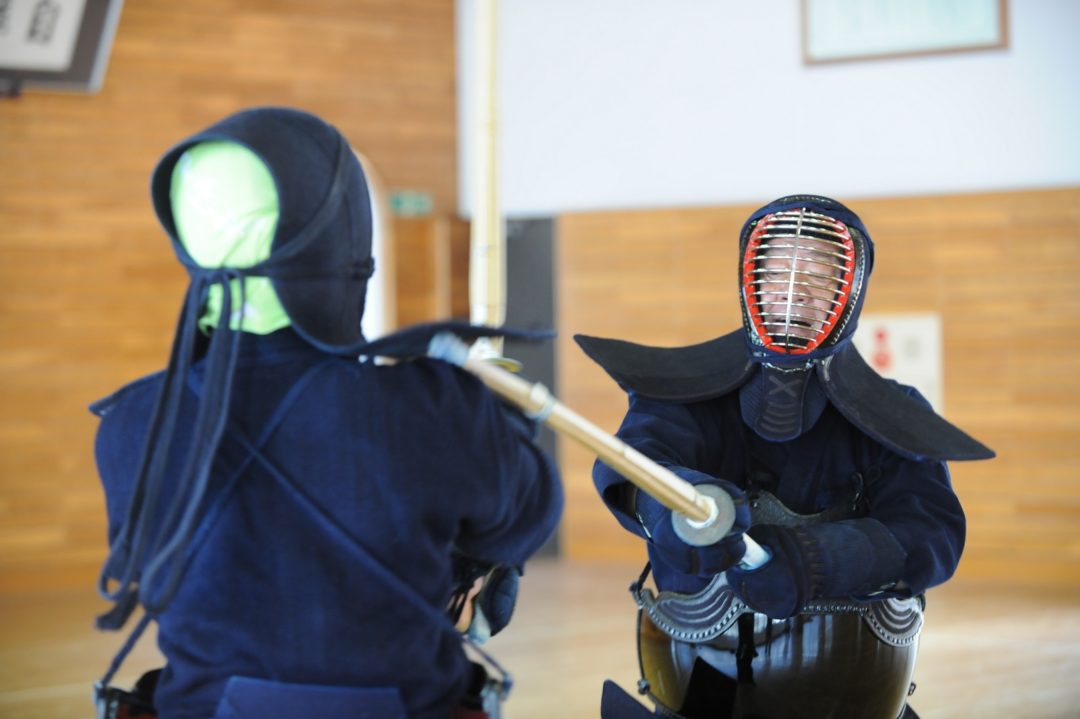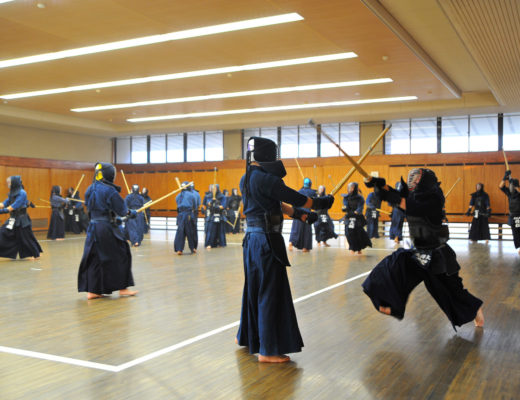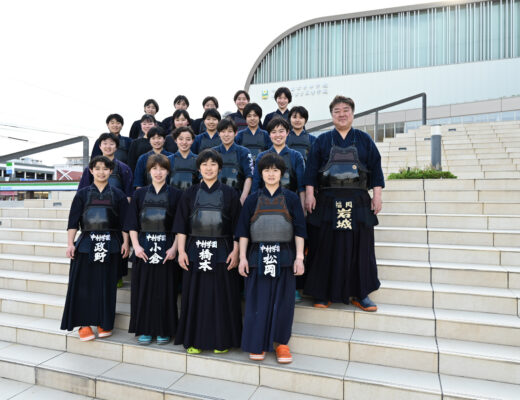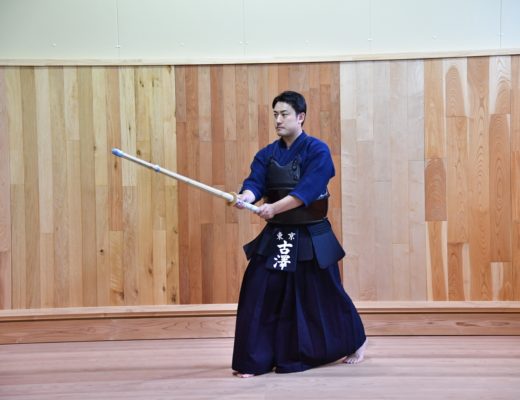2009.01 KENDOJIDAI
In 1984, Makita Minoru was hired by the International Budo University as an assistant professor at its opening. This university specializes in training Kendo instructors, and his students are active in the world of Kendo in the Heisei era, including Teramoto Shoji (winner of the 55th All Japan Kendo Championship) and Wako Daisuke (runner-up in the 56th All Japan Kendo Championship).
As an athlete, he has also won the World Championship and won second place in the All Japan Kendo Federation’s 50th Anniversary 8th Dan Tournament. Makita Sensei will share with you his experience of teaching and competing in Kendo.
Part 1: The purpose of Kendo training
Part 2: Synchronizing Seme and striking
Part 3: Shikake-waza
Part 4: Oji-waza
Part 5: Benefits of Suburi for competitive scenarios
Part 6: Tips for Dan examinations
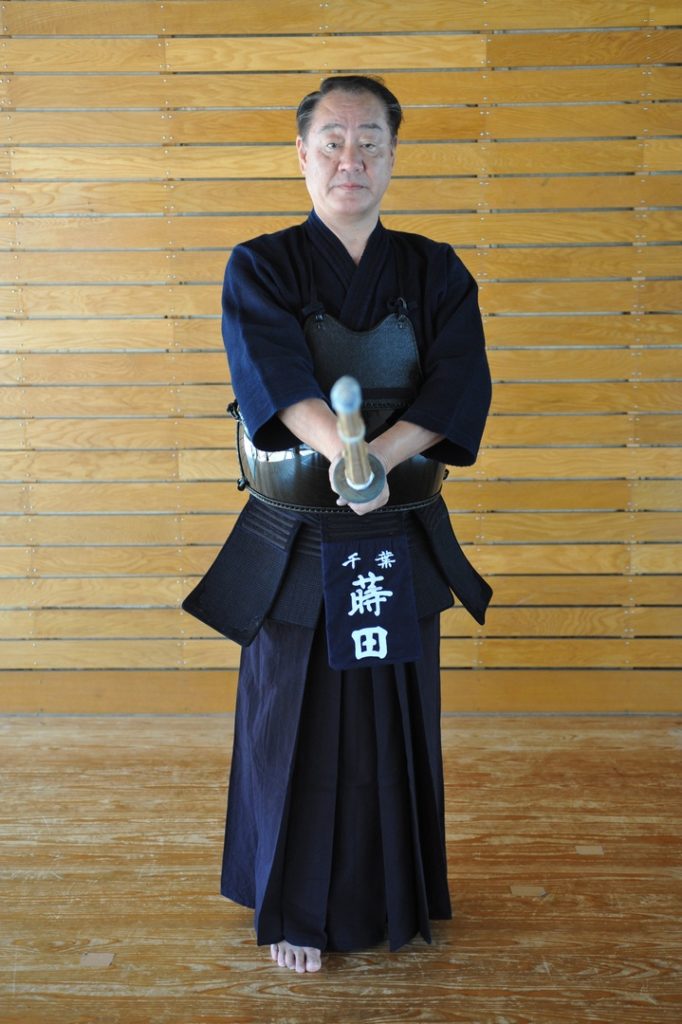
Makita Minoru, 8th Dan
He was born in 1948 in Osaka Prefecture and went on to study at PL Gakuen High School and Tokai University. When the International Budo University opened in 1984, he became an assistant professor there. He participated in the WKC becoming the individual champion, took second place in the AJKF 8th Dan 50th Anniversary Championship and participated in the All Japan Championships, the Japan East West Tournament and the National Athletic Meet. He is currently the vice president of International Budo University and Kendo Club Instructor.
Part 1:The purpose of Kendo training
The aim of Keiko is to attain an Ippon
In Kendo, the quality of Keiko affects your progress. It is well known that the Keiko method is important. It is hard to define what makes a good quality Keiko, however, we aim for Ippon and effective striking and every Keiko should be done with this in mind. Kendo is about crossing swords, applying Seme and making Ippon on each other. There are various training methods such as Kirikaeshi, Kakari-geiko, Ji-geiko and Suburi, but they are all designed to create valid strikes. There is no such thing as doing Kirikaeshi for the sake of Kirikaeshi.
However, in Kendo, when you put on your equipment, fight with your opponent and sweat, you will get some satisfaction from it. When we go to the second Dojo after Kendo and drink good beer, it also satisfies us. People have different reasons for continuing Kendo. Health, good use of leisure time, winning Shiai, etc. It may be different for each of us, but whatever the reason, we all have the desire to become good at Kendo at any age. “To be good at Kendo” can be replaced by “being able to score a lot of Ippon”.
Therefore, it is important to think about the reasoning in Kendo and to do Keiko that aims for Ippon. In Kendo, merely hitting the opponent’s Men and Do will not get you an Ippon. There are several conditions for valid striking, such as a good Kamae proper posture, and blade angles and all of them must be met. It is important to be aware of this, and to always confirm whether or not the current strike was an Ippon or not. It is also important to set clear goals, both distant and near ones and practice towards them. Some people train with just the goal of doing Keiko, but it is important to note that if you train only for the sake of practising, you will get left behind in terms of progress.
Importance of the starting line distance: Developing your game starts here
The rest of this article is only available for Kendo Jidai International subscribers!

